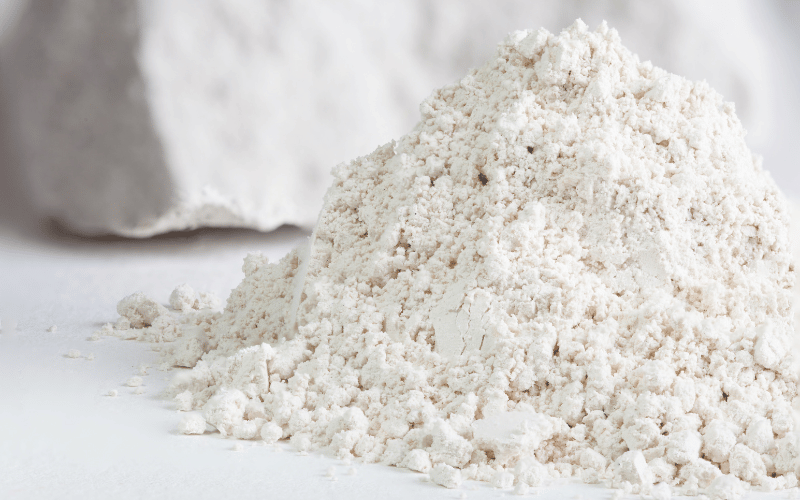Cause 5: Zeolites and the Erionite Mineral

Zeolites, mother nature’s intriguing microporous minerals, have garnered significant attention over the years. With their sponge-like structures, they’ve offered a myriad of benefits in industries ranging from agriculture to medicine. Yet, the same unique design that makes them a boon for many sectors has also linked them to health concerns, especially the Erionite mineral.
Erionite, a particular type of zeolite, has eerily similar characteristics to asbestos. When viewed under a microscope, one can draw parallels between the fibrous nature of both these minerals. But why should that be of concern? Well, the fibrous composition, when inhaled, can penetrate deep into the lungs. Over time, these fibers can cause significant damage, leading to ailments like mesothelioma.
Turkey’s Cappadocia region paints a haunting picture of erionite’s dangers. While the stone formations and fairy chimneys here are a sight to behold, the ground beneath hides a dark secret. Many of the villages in this area are constructed using erionite-rich stones. Over the decades, an alarming number of inhabitants developed mesothelioma, casting a dark cloud over the picturesque Anatolian landscape. Researchers zeroed in on erionite as the primary culprit.
While natural occurrences like in Turkey are concerning, there’s another avenue of exposure that’s equally disconcerting. In the US, some roads were laid using gravel tainted with erionite. As vehicles traverse these pathways, they kick up dust laden with microscopic erionite fibers. For the unsuspecting resident taking an evening stroll or the child playing by the roadside, the invisible threat looms large, unknowingly setting the stage for potential health issues down the line.(5)